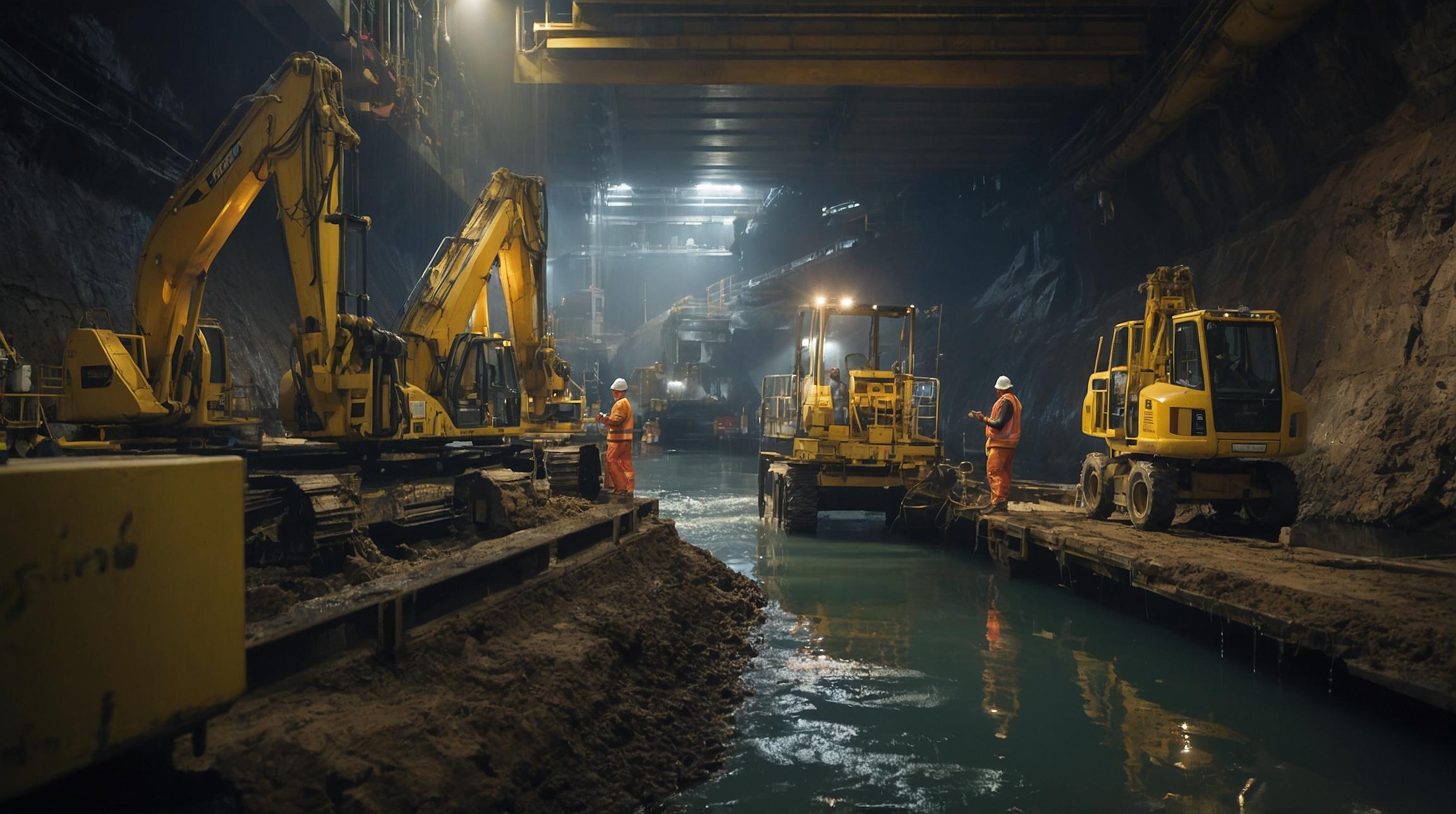Engineering Marvels: How We Build Underwater Structures
Construction of underwater tunnels and bridges is an engineering feat. When I was a kid, I discovered a Calvin and Hobbes comic strip that posed one of my burning questions: How do they know the load limit on bridges? Calvin's dad (incorrectly) tells him, "They drive bigger and bigger trucks over it until it breaks. Then they weigh the last truck and rebuild the bridge."
Several decades later, I'm a geotechnical engineer — I work on construction projects involving soil. Now, I know the real answers to people's questions about infrastructure. Oftentimes, like Calvin's dad, they're thinking about things from the wrong perspective. Engineers don't usually determine the load limit on a bridge; they build the bridge to carry the expected load.
Building Underwater: The Reality
A common question is, How do engineers build things underwater? The truth is, they don't typically build things underwater—they build things that end up underwater. Here's what that means:
Building Underground, Beneath the Water
Sometimes, building underwater means building underground. It's not about the water you see at the surface but what surrounds the structure you're building. If there's rock or soil all around, that's considered underground construction, even if there's a layer of water above it.
Tunnel-boring machines are instrumental in this process. These machines, often called "moles," burrow through the ground, creating tunnels. For example, the Chunnel, a railway tunnel beneath the English Channel connecting England and France, was built this way. While this method is advanced today, it started about 200 years ago with the tunneling shield.
Building on Dry Land Before Moving Into Place
Some structures are designed to be surrounded by water, resting on a riverbed or ocean floor. Engineers have tricks to tackle this:
Doing the Building on Dry Land
One method is building parts of the structure on dry land and then moving them underwater. The Ted Williams Tunnel in Boston was constructed this way. Workers built sections in a shipyard, then sank them into place in Boston Harbor. They prepared the tunnel's path, connected the segments, and covered the tunnel with soil and rock. Most of this process happened above water.
Building Directly From the Surface
In shallow water, construction workers might build directly from the surface. For example, they can drive waterfront retaining walls made of sheet metal into the soil from a barge without diverting the water.
Temporarily Clearing the Water Away
Using Cofferdams
Another method is to temporarily remove the water. A cofferdam is a watertight enclosure that can be pumped dry, providing a safe site for construction. Once enclosed and pumped dry, regular construction can proceed.
Using Caissons
A caisson is a prefabricated, water-tight structure, shaped like an upside-down cup, sunk into the water. It remains pressurized to keep out water. The Brooklyn Bridge piers were built using caissons. While structurally safe, caissons caused decompression sickness for many workers, including chief engineer Washington Roebling.
Conclusion
Underwater construction is complex and challenging, but engineers have developed several methods. Interestingly, these methods often involve not building underwater at all.













